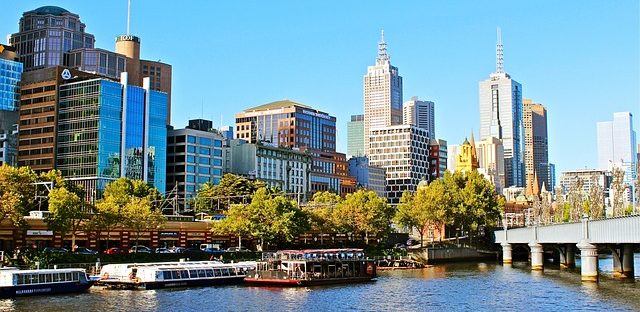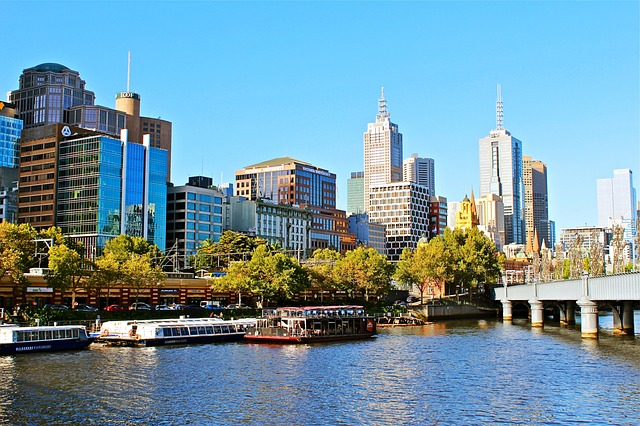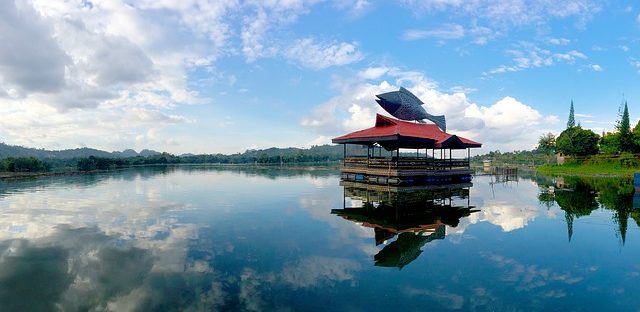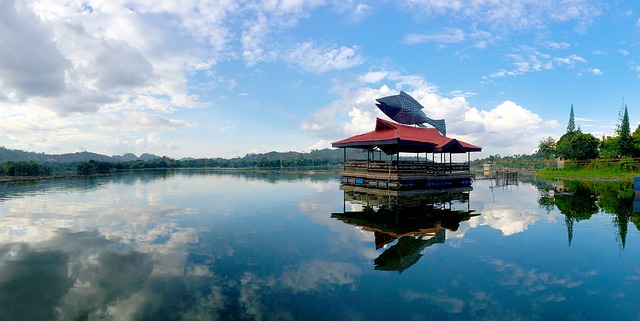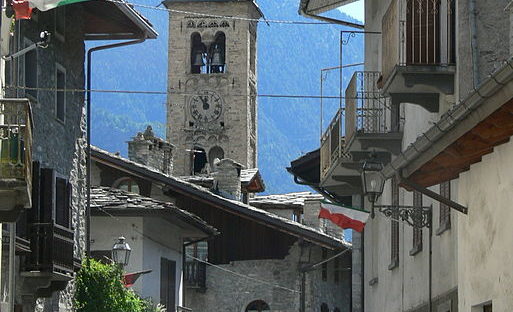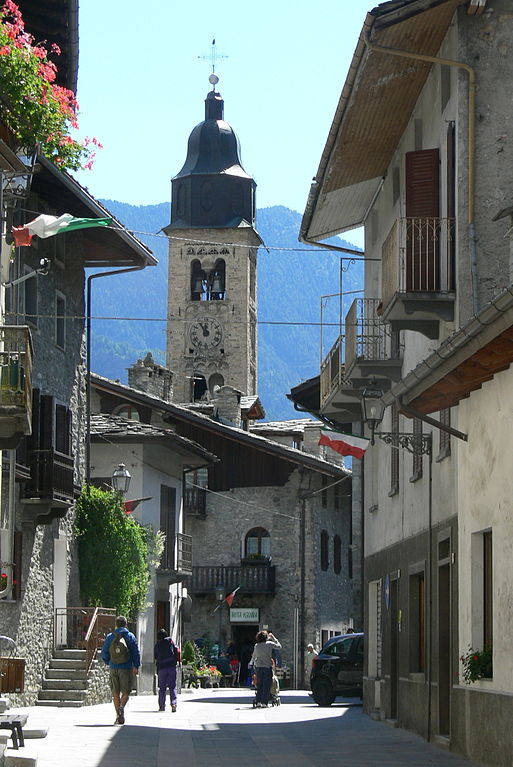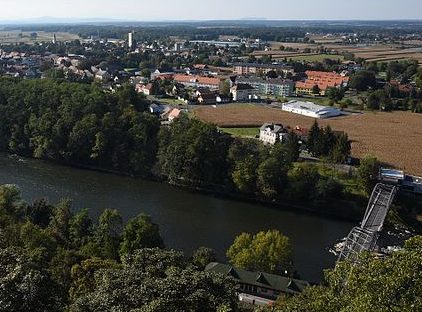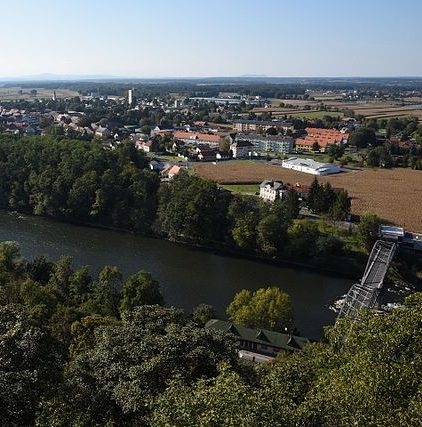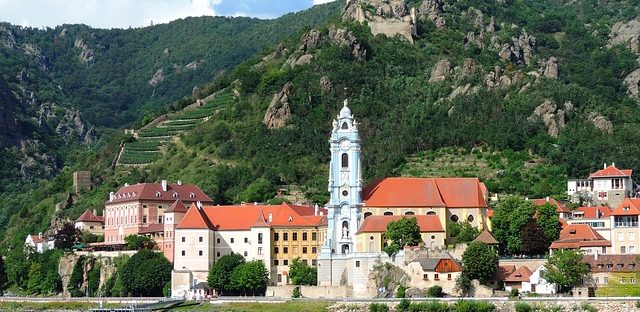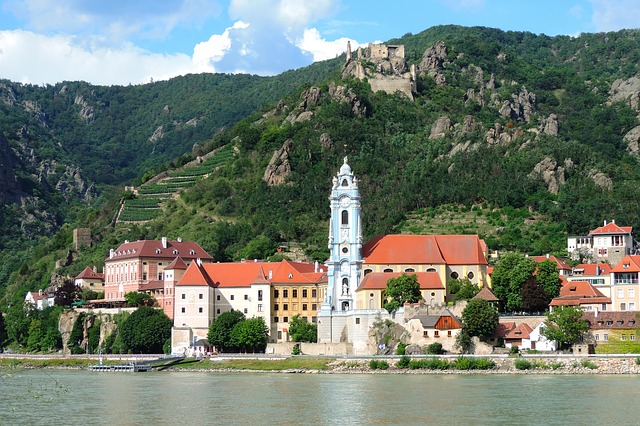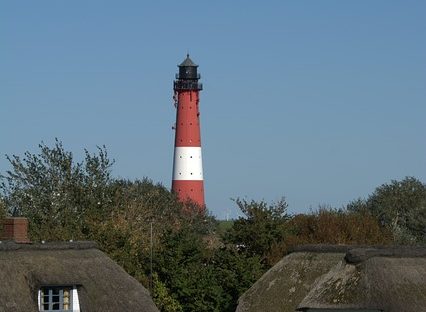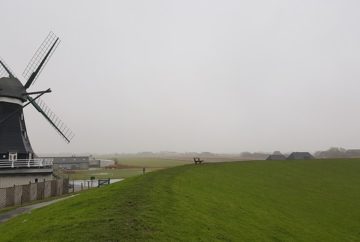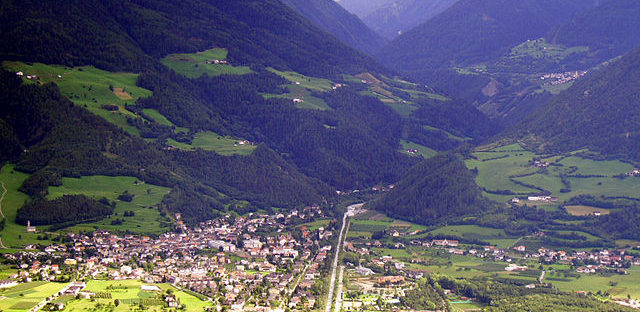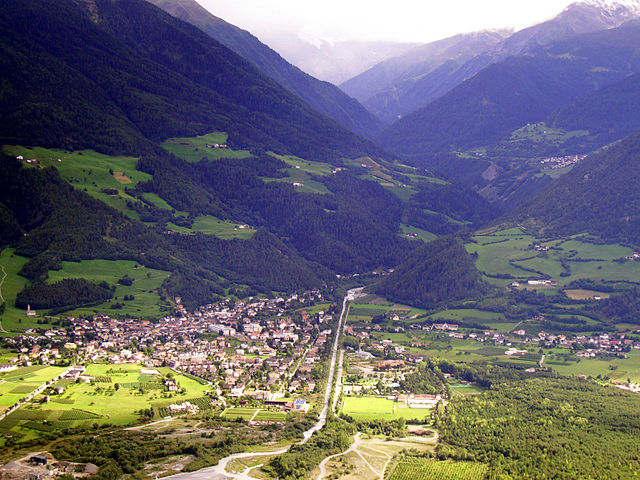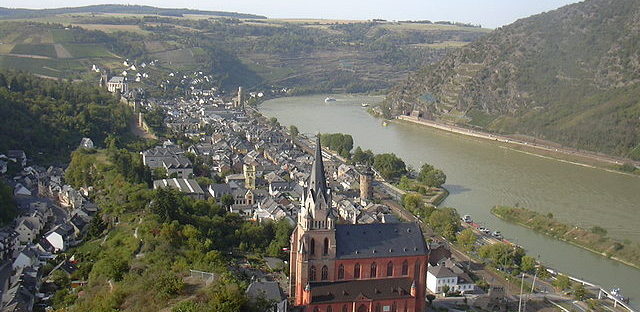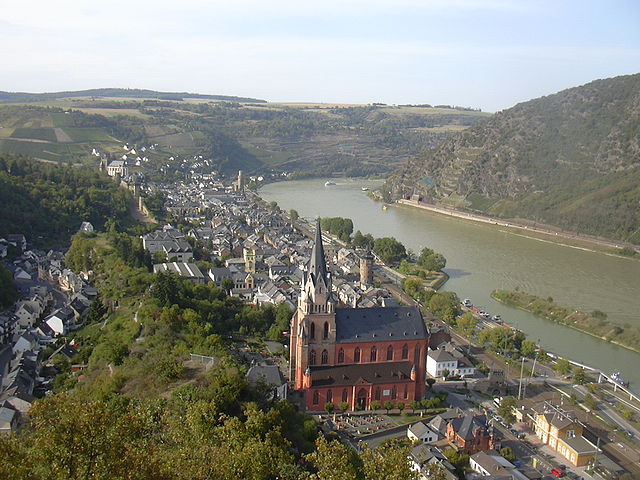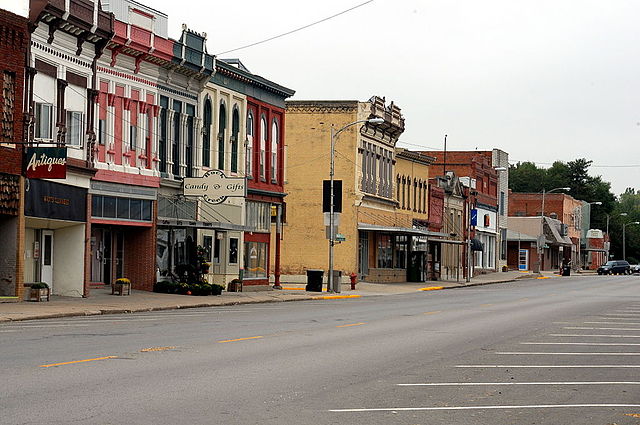- Target: 100% renewable energy
- Status: Achieved
- RES: Wind, solar and biogas
- Implementation: Mecklenburg-Vorpommern is a rural, thinly populated state on the northern coast of Germany. In 2013, the state was the first in Germany to generate more power from renewable sources than it required for consumption. In 2012, Mecklenburg-Vorpommern had already begun generating the equivalent of 90% of its energy consumption with renewables. From 2012 to 2013, the percentage increased by 30% - from 6.3 billion to about 8.3 billion kilowatt-hours. This was the equivalent of 120% of what the state uses.
Mecklenburg-Vorpommen today exports a large share of the surplus renewable power it generates to neighboring regions. The State's renewable electricity mix is a combination of wind, solar, and biogas. In 2013, 89 new wind turbines were installed, bringing the total to nearly 1600 turbines. Onshore wind energy generated about 4 billion kilowatt-hours in 2013. In the same year, 1700 PV systems and 32 biogas systems were installed. In September 2014, the state became home to Germany's first commercial large scale battery storage system, a 5 MW/MWh battery power plant in the Schwerin district of Lankow manufactured by Younicos for WEMAG. The facility houses 1600 battery trays containing 25,600 lithium-manganese-oxide cells that can store and release energy within milliseconds. The battery system can reportedly replace at least 50 MW of conventional power plant generation. - Population: 1,611,119 (2017)
- Area: 23,174 km2 (8,948 sq mi)
- Link: (In German) https://www.regierung-mv.de/Landesregierung/em/Energie/
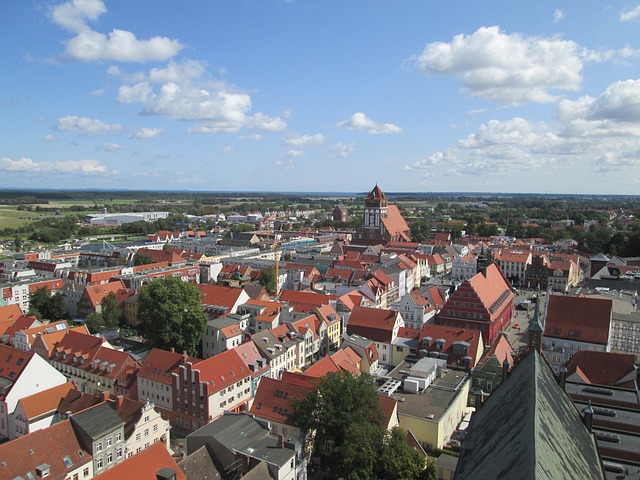
- In German
- In German
